
How Do Canadians Buy Their Guns?
Well, let’s say you’re a Canadian.
- For vocabulary, you’ll need to understand the Canadian legal definitions of non-restricted, restricted and prohibited weapons.
- For your to-do list, you’ll need to prioritize taking the Canadian Firearms Safety Course. Depending on the weapon you’re considering, you may need to enroll in more than one.
- Your end goal is to become the proud owner of a Possession and Acquisition License—your PAL.
- Determine what class of vehicle you want to drive—passenger vehicle, motorcycle or commercial truck, for example.
- Complete the required driver training and safety courses.
- Pass the exams to get the license you need to get behind the wheel.
- non-restricted
- restricted and
- prohibited
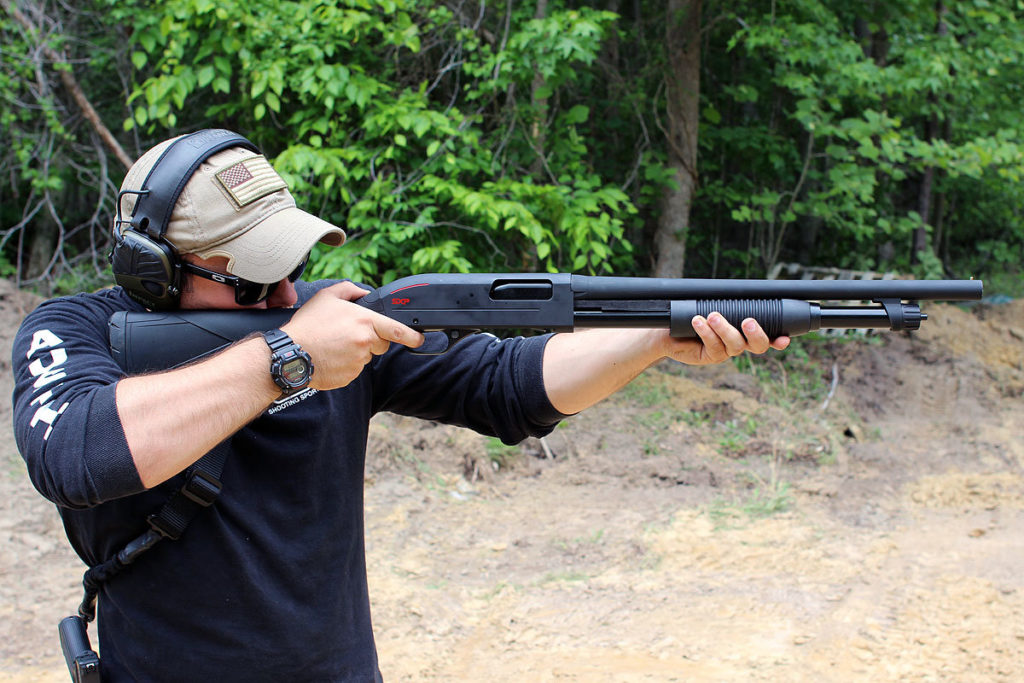
- Handguns. Keep in mind that in Canada, some handguns rate as prohibited.
- “Semi-automatic, centre-fire rifles or shotguns with a barrel shorter than 470 mm”—that’s 18½ inches for everyone not hip with the metric system.
- “Rifles and shotguns that can fire when their overall length has been reduced by folding, telescoping or other means to less than 660 mm”—or just under 26 inches.
- “Handguns with a barrel length of 105 mm or less.” That’s about 4 inches.
- “Handguns that discharge .25 or .32 calibre ammunition.” Special exemptions apply to competition weapons.
- Rifles and shotguns that have been altered to shorten the barrel to less than 457 mm or shorten the overall length to less than 660 mm. That would be about 18 inches and 26 inches, respectively.
- Fully automatic weapons, including those that have been converted to fire only one round per trigger pull.
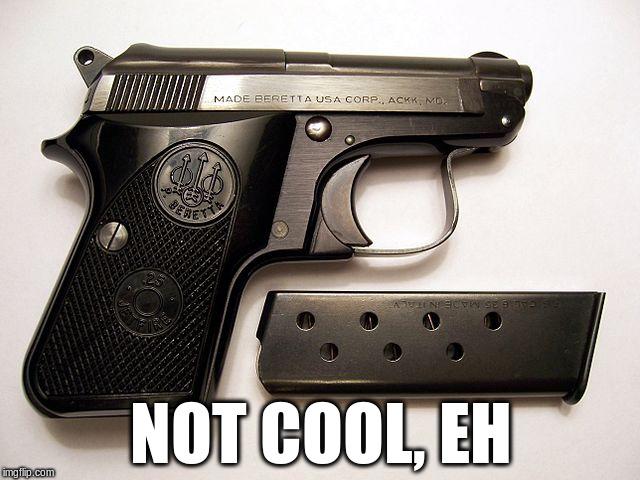
Certain guns aren’t allowed in Canada, particularly .25 and .32 caliber handguns.
- the gun had to have been made before 1946;
- the gun had to have been registered in Canada before December 1, 1998;
- you must be related to the gun’s owner; and
- you must be acquiring it for an approved purpose like collecting or target shooting.
- The written portion has 50 true-or-false and multiple choice questions. To pass, you need an 80 percent or better.
- The practical portion requires that you properly handle three different firearms in different scenarios. The focus is on correctly following established steps in a procedure, with points awarded or lost accordingly. Again, you need an 80 percent or better to pass.
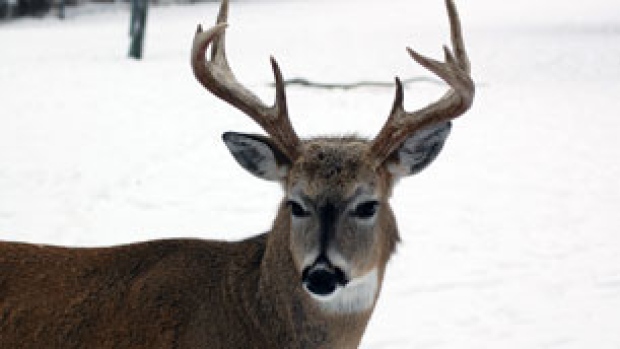
- Making sure you complete all the questions.
- Submitting a copy of a valid government-issued proof of identity.
- Getting all the signatures you need from your current and former spouses, your two references and your photo guarantor, for example.
- Paying the proper fee. Fees are $60 for a non-restricted firearms license or $80 for a restricted or prohibited firearms license. For minors, the fee is about $10 a year.
- Supplying two passport-style photos.
- Including a copy of your safety course report.
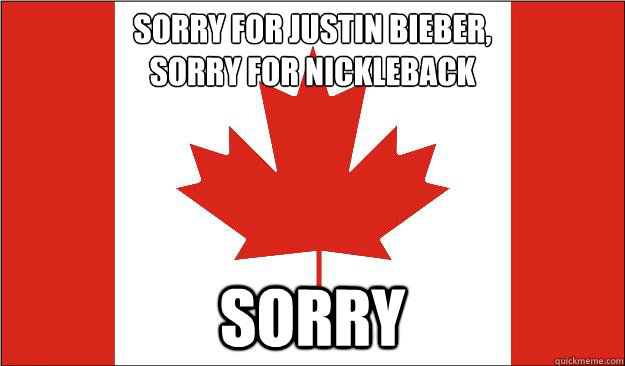

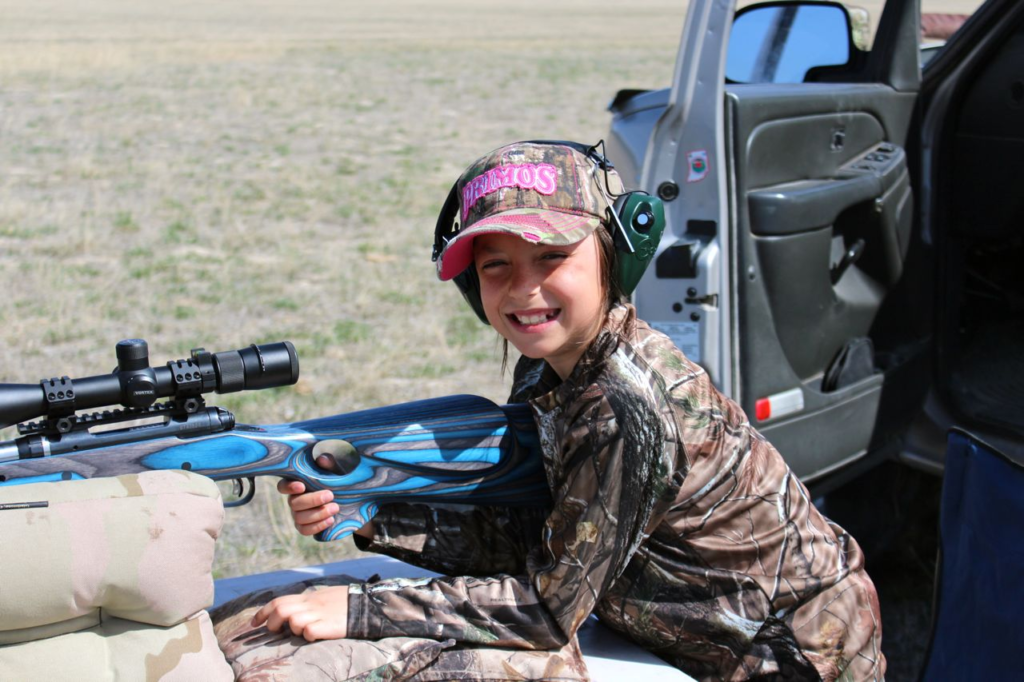
- Know whether the gun you want is classified as non-restricted, restricted or prohibited.
- Take the appropriate safety courses—the Canadian Firearms Safety Course or the Canadian Restricted Firearms Safety Course—and pass the exams.
- Apply for your Purchase and Acquisition License (PAL) and the appropriate qualifications.
- Apply for an Authorization To Transport (ATT) for restricted or prohibited weapons.
- Transfer and register your restricted or prohibited weapon.
- “Anyone acquiring a firearm in Canada must have a Possession and Acquisition Licence (PAL).”
- As for the training course needed to get the PAL, “A course from another country does not meet Canadian legal requirements.”
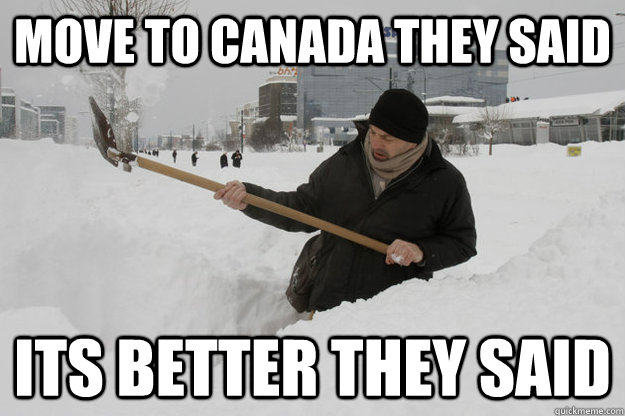








Leave a Reply